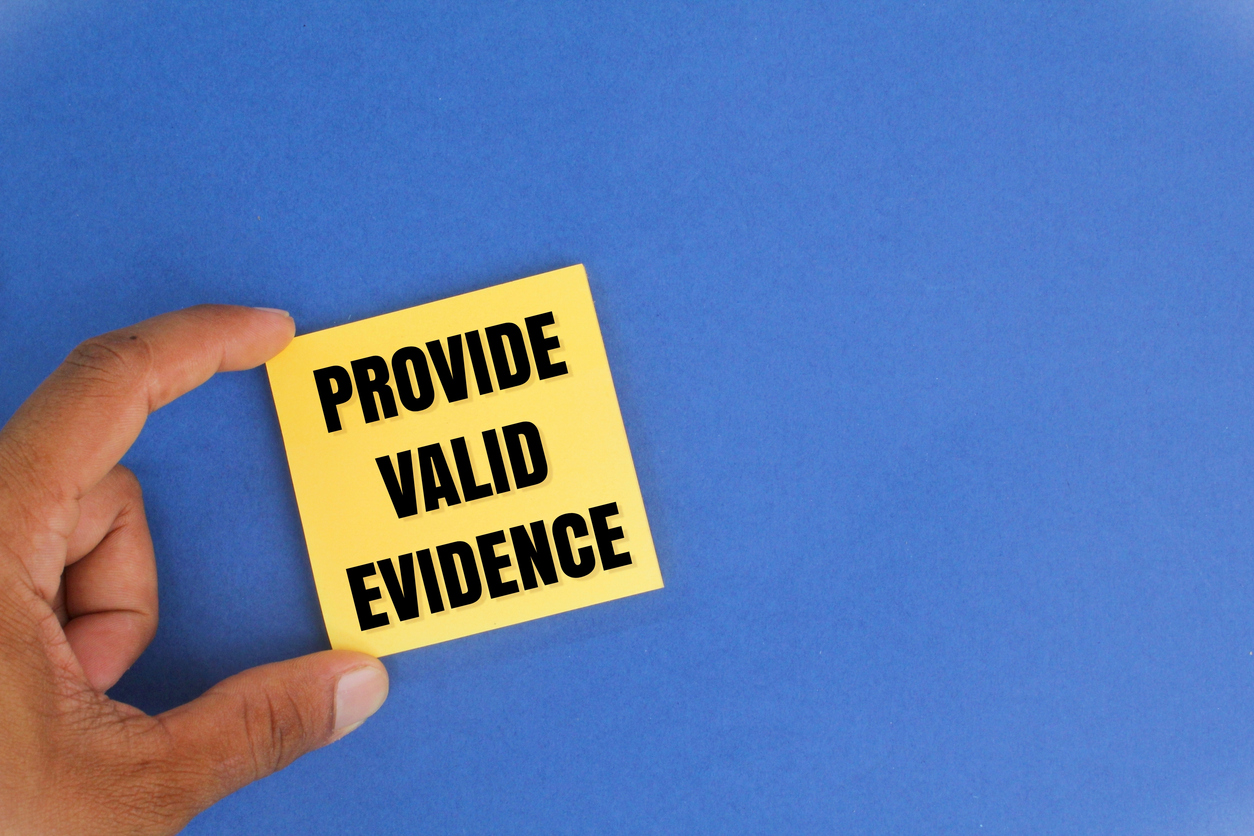This week, I have another example of how a properly drafted Motion to Compel can make a world of a difference in the progress of your case. In a case against Safeco, a plaintiff’s attorney included the following argument in his motion:
These discovery requests seek documents aimed at Safeco’s attempts to institutionally turn claim handling practices into profit producers….The discovery requests also seek the personnel files of the claim handlers involved in the handling of the claims at issue in this case. These files should reveal, among other things, the training of the various claim handlers and whether they received incentives or reprimands for their claims handling.
In what proved to be a successful effort to flesh everything out for the judge, the attorney provided detailed information about the type of programs that likely affected the manner in which the client’s claim was handled:
During the time period when the underlying claims were at issue and being handled by Safeco, it [Safeco] developed institutional policies aimed an increasing profits through their claims handling practices. This includes development and implementation of various ‘new’ programs created in consultation with Accenture. These various programs, called ‘Safeco Way’, ‘Quantum Leap’, ‘Calibration Program’ and more have been the subject of discovery in other cases.
What is the first thought that comes to mind?
- “This attorney sounds like he knows he’s talking about”?
- Are you wondering “What is ‘Safeco Way’? Or
- “What is ‘Quantum Leap’ about?
Yes, this attorney does, in fact, know what he’s talking about, so does Safeco, and now the judge does as well. This attorney did his homework and learned about the various programs that were implemented in the insurer’s business. Then he educated the judge about programs and how their implementation directly affected the way his client’s claim was handled. He showed the judge why these documents were directly relevant to the issues before the court and demonstrated the client’s right to see them.
For those of you who are first learning about these programs by way of this blog, these are the types of programs and policies that the right expert can help you with. My June 18, 2010, blog titled “Getting the Inside Scoop on Insurance Company Claims Practices,” discussed the type of expert that you should consider retaining in a bad faith case. This kind of expert can tell you about these programs and explain in careful detail how your client’s claim was affected by each. It is only when you understand the intricate and strategic workings of the insurer and the goals set for the adjuster who handled your client’s claim that you will understand exactly what you need to obtain through discovery and how to get it. When you understand that there were multiple programs very carefully crafted, each with its own very effective manner of chipping away at the amount paid on your client’s claim, then you will understand that your client was very likely fighting a losing battle from very beginning. That is, of course, until someone like our plaintiff’s attorney came to the rescue.
Getting back to our attorney, the judge entered an order compelling discovery. The Order states:
Safeco shall supplement production in compliance with this Court’s prior order compelling, without protection, all responsive documents, including but not limited to documents related to Accenture, Quantum Leap Initiative, Caliber, Safeco Way, LEO, best practices, PDFR etc…
But the court did not stop there.
Safeco shall submit declarations in 30 days explaining why these documents were not previously produced pursuant to this Court’s September 2005 order.
For this judge, it wasn’t enough for Safeco to produce the documents. The judge wanted an explanation for Safeco’s failure to produce the documents pursuant to the court’s previous order. No, courts don’t take kindly to parties who do not comply with their orders. Again folks, judges are taking notice and they are not always pleased with what they see insurers doing or trying to pull off.
So don’t let the insurer or its attorneys intimidate you. Defense counsel is human, just like you. And the insurer is a business that has rules to follow just like all the others. Help your judge see through the insurer’s unfounded objections, its plethora of meaningless production and defense counsel’s circular arguments.
Had enough of motions to compel for now? Me too.
Tune in next week for another discussion of bad faith litigation.
Happy Friday!




